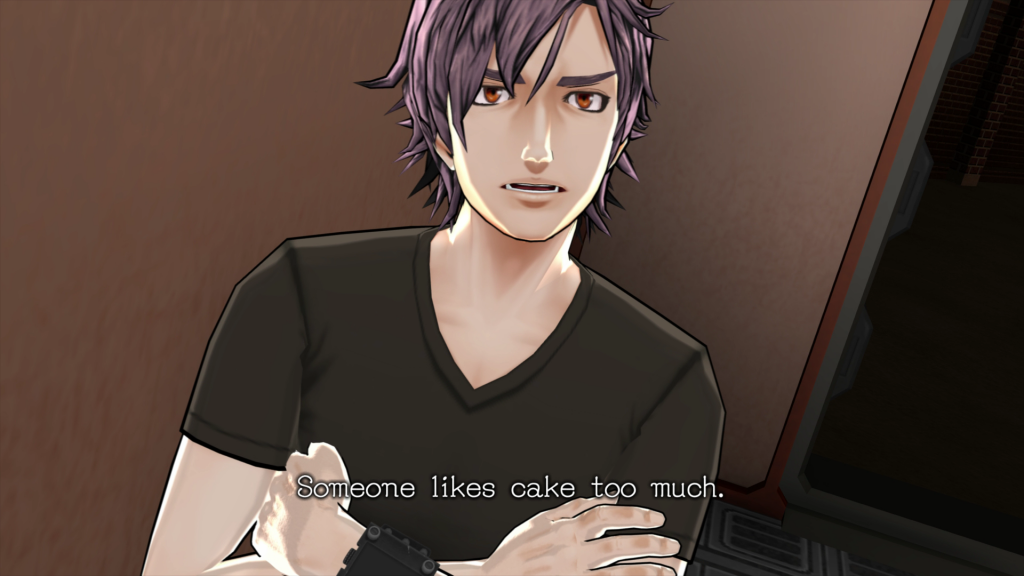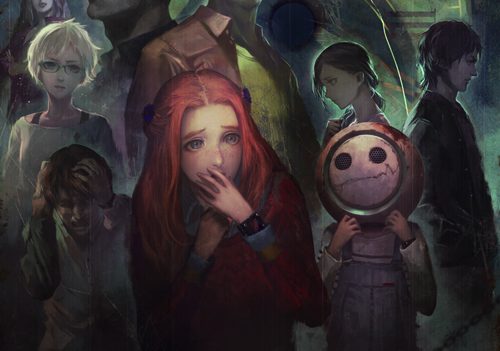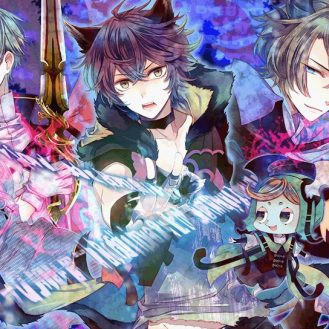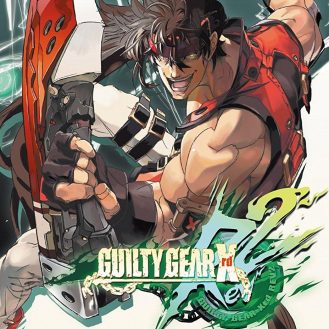Nine people wake up in a bomb shelter with bracelets strapped to their wrists, unable to escape unless they participate in the horrifying Decision Game by the mysterious Zero. These nine people are split into groups of three, and are forced to make a series of life or death choices until six of them are dead. Each death gives them a password, and six passwords allows the remaining people escape. To make matters worse, the nine players are injected with a memory erasing drug every ninety minutes. This premise remains from the 2016 release of Zero Time Dilemma, the third game in Kotaro Uchikoshi’s Zero Escape trilogy, which also include Nine Hours, Nine Persons, Nine Doors, and Virtue’s Last Reward. This PS4 release sees some fantastic improvements at a reasonable price.
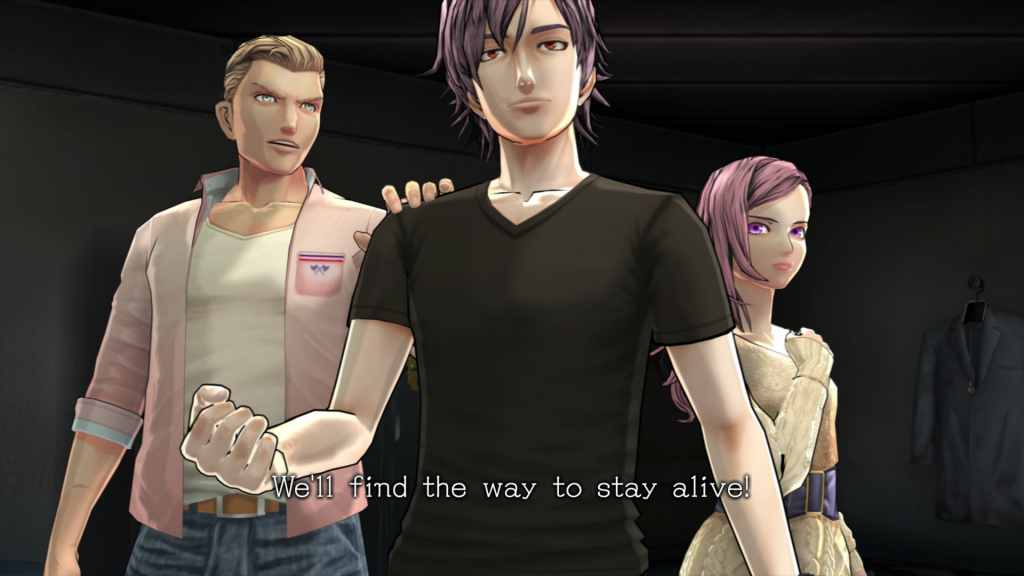
The gameplay in Zero Time Dilemma remains untouched: because of the previously mentioned amnesia drug, the events of the story are split off into random fragments that can be selected in any order. After a fragment is completed, it’s added to the large flowchart, allowing players to piece together the events of the story themselves. It’s a truly brilliant way of storytelling, and is improved further by the ability to jump to any event on the flowchart the player has witnessed. When a fragment is selected, there are two possible kinds of gameplay: Cinema and Quest. The cinema sections are considered by Uchikoshi to be an evolution of the series’ traditional visual novel story telling. Characters talk and explore in a 3D space, and these sections play out more like an interactive movie than a VN. Despite the new presentation, the game keeps players involved with the deadly Decision Games, which split the narrative based on your choices. Mastering the flowchart is essential escaping, as some timelines provide necessary information for others. Outside of decision making, there are a total of 13 Quest sections in the game, which play out as Escape Room puzzles. Interesting puzzles and an improved camera give ZTD the finest Escape Room engine in the series, but it’s an absolute shame it doesn’t do enough with it. Previous games feature a total of 16 Escape Sequences each, and it’s a shame budget limitations lead to fewer puzzle rooms.
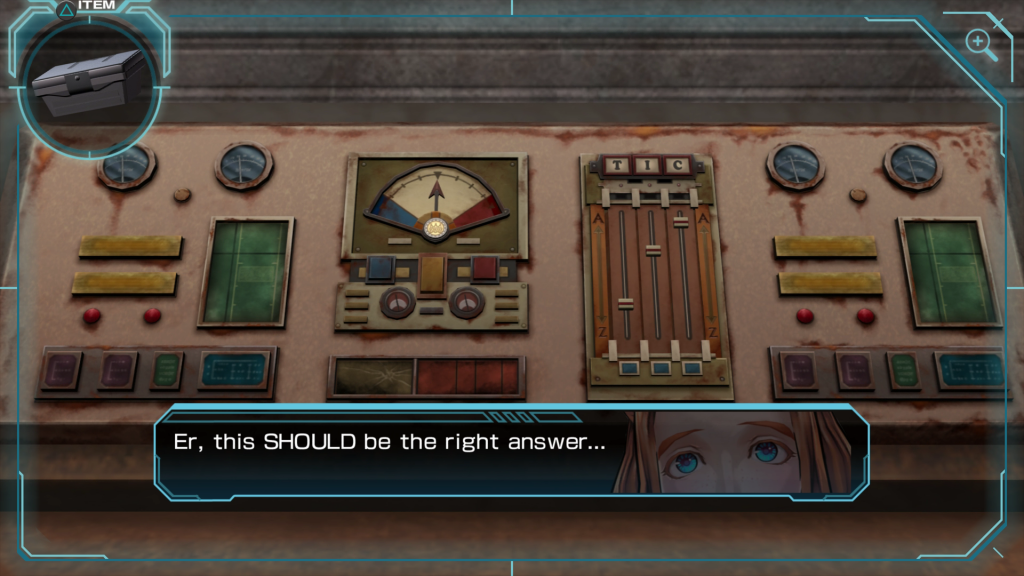
The most noticeable improvement to this version is the visuals, as ZTD now features completely reworked lighting, shaders, and textures. Character models look a lot more realistic, and the lighting adjusts itself to how they move. It’s a subtle change, and matches the art style the game was trying to achieve from the beginning. What you also probably won’t notice is the complete reworking of all the extremely simplistic environmental textures. The environments have gone from passable to fantastic, and add a whole other level of immersion not present before. I wasn’t expecting any effort into changing textures after the PS4 port of Virtue’s Last Reward was largely unchanged, so this effort was definitely an appreciated one. The one thing this new graphical improvement doesn’t perfectly mesh with is the janky character animations, which stand out even more now. ZTD was a game with budget and time constraints, no one can argue this, but the animations should have received a bit more attention when working on this remaster. Lip animations seem to be slightly better synced then they were before, but it’s far from perfect.
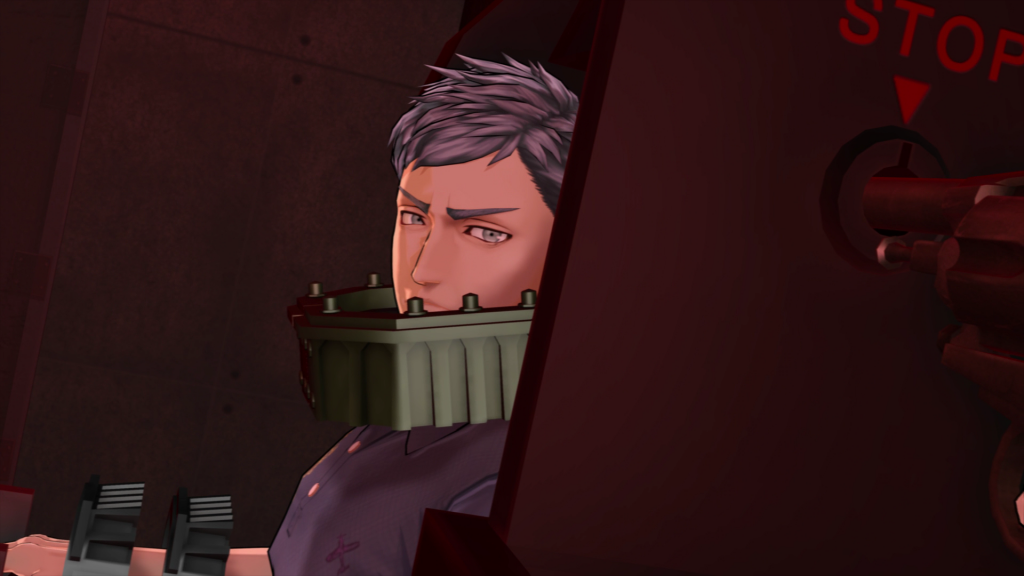
The music remains just as fantastically composed as it was originally, and sounds better than it ever did thanks to the improved hardware. The soundtrack manages to create a constant sense of dread and sorrow, rarely letting up to let the players feel too comfortable. Even the remixes are changed enough to fit this entries’ new tone and setting. I could listen to this music for hours, and I have frequently since the game released. Sound design is good, but the jump to PS4 makes certain sound effects reused from older entries sound off. The game features dual audio, but the English dub just seems a little more emotional. I feel the quality of the dub doesn’t match Virtue’s Last Rewards, but I still really have a soft spot for it. Both audio tracks are still well done however, regardless of the one you pick.
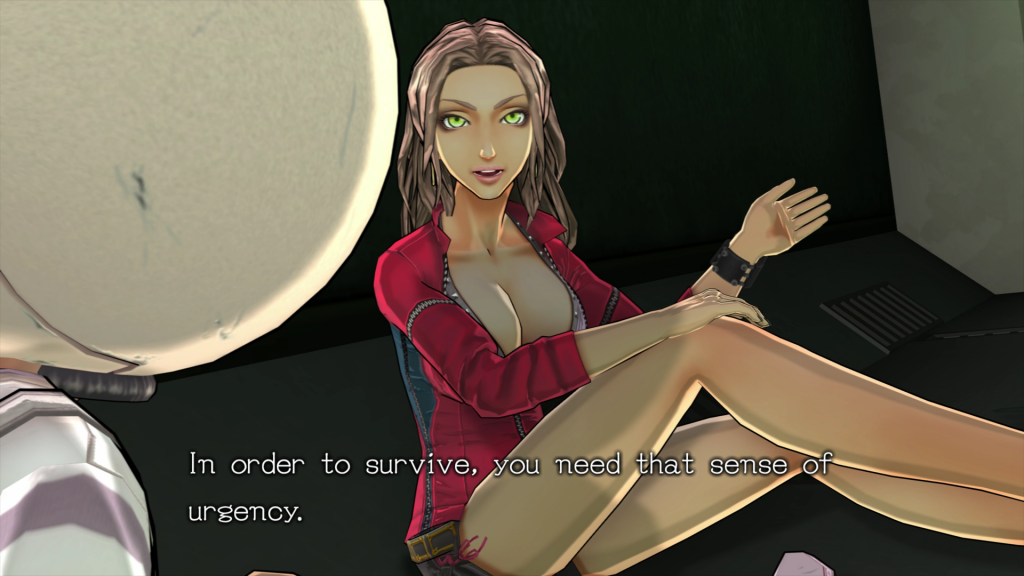
Zero Time Dilemma was the second game I reviewed, and it’s taken a year for me to truly understand how I think about it. It didn’t manage to answer all of the series’ mysteries, but I’d be lying if I said it wasn’t an incredibly special game. I might not think as highly of it as when I first reviewed it, but playing through this again gave me such an unbelievable sense of nostalgia. It’s a game with so much ambition and hard work put into it, that it’s impossible to dismiss it for it’s flaws. Uchikoshi and his team did the best with the time and budget given to them, and it’s incredible that this game only exists because of the fans refusing to let it get canceled. While not everything they try to pull off works, the positives easily outweigh the negatives. If you liked it or haven’t played it, this is easily the definitive version and worth your time.

- Zero Time Dilemma is tied with 999, but worse then Virtue’s Last Reward.
- If you get addicted to this game, give Danganronpa or the upcoming Chaos;Child a try!
- A better name for this game would be: Zero Time Dilemma: Deathinitive Edition!
- Buy/Wait/Avoid: If you liked ZTD or haven’t played it, this is a definite buy. If you weren’t a fan, avoid it.
- C Team is still the absolute best team, and Junpei is still my favorite character.
